|
This past Thursday (April 20th) was 4/20, better known as “Weed Day,” and it took place on an international scale. Now, we aren’t talking about a time to recognize pesky dandelions, taproots or the Bermuda Grass that may be growing in the cracks and crevices of your brick patio or paver walkway now that “spring has sprung.” No sir, we are alluding to weed of another variety—cannabis. That’s right marijuana, dope, pot, grass, maryjane, doobies, bud, reefer, ganja, and hashish. To stay on the straight and narrow with the spirit of this blog, one that weekly chronicles the lives of people buried in Mount Olivet Cemetery, I bring up “Weed Day” only because we lovingly call our gravestone cleaning volunteers “the Stoners.” These are all members of our Friends of Mount Olivet group. It’s a tongue-in-cheek reference that started as a joke a few summers back, as these folks have a fondness for stones (as in gravestones) and you could say achieve a “high” from cleaning said grave markers and monuments. Gravestone cleaning can be hot and tiring work in the throes of summer. In the same vein, this activity can be very rewarding and relaxing as well. The work of our “Stoners” continues to make a beautiful cemetery even more beautiful—taking marble stones that are algae covered and/or charcoal black (due to pollution), back to a clean, pearly white condition. Not only are they now more legible, but in most cases, they look as they did when first installed here, and in most cases with our historic section that means the second half of the 1800s. As 21 states and the District of Columbia have already legalized marijuana for recreational use, Maryland will follow suit in July of this year. That means marijuana smokers will be able to smoke more openly than ever before on 4/20—the date that both marijuana smokers and non-smokers recognize as a national holiday for cannabis culture. Hopefully some may think of us working hard at cleaning gravestones at Mount Olivet Cemetery while doing so—but I “highly” doubt it, to be perfectly “blunt.” Guess you could call it a “pipe dream.” Okay, I will stop with the puns. However, like me, are you interested in a likely explanation behind the choice of April 20th as “Weed Day?” The most credible story traces “4/20” to Marin County, California. In 1971, five students at San Rafael High School would meet at 4:20 pm by the campus’ statue of chemist Louis Pasteur to partake in the special recreational venture. They chose that specific time because extracurricular activities had usually ended by then. This group — Steve Capper, Dave Reddix, Jeffrey Noel, Larry Schwartz, and Mark Gravich — became known as the “Waldos” because they met at a wall. They utilized “420” as the code for marijuana in their communications to one another. Well, these days there is a designated day for just about every hobby, interest or thing. If you came into this article having never heard or known the significance of 4/20, consider yourself now duly enlightened. If not, I sincerely apologize as you will never get that time back;) Since our squad is called “the Stoners,” I felt it only fitting that we kick-off our gravestone cleaning season on “4/20” as well. So, this past Thursday, I filled my Stoners with “munchies,” (doughnuts, munchkins and coffee) and presented them with new, custom “tie-dye” t-shirts sending them on their eight-month quest to clean all of Area H before we call it quits in November. (NOTE: D2 cleaning solution is not as effective when used in colder temperatures as in warmer months). We have a great group of “Stoners” here, and they work under the leadership of Nanette Markey, former registrar at Hood College. As most are retirees, the collective boasts an impressive array of resumes from past careers in the working world. We are so lucky to have them, and you can join us too if interested. I will add a link at the end. As I watched the start of our stone cleaning campaign the other day, taking a few photographs included above, I was drawn to the stones in the first lot in Area H. It’s only a few yards from the entrance to our Key Memorial Chapel, and occupied by a family by the name of Bromett. This moniker is a peculiar one to me as I have rarely, if ever, have seen it before. The Brometts While in Area H/Lot 1, I surmised that these three stones belonged to a husband, wife and child. Michael Brommett was born October 4th, 1806, and his wife (who I would learn had been married previously) was Eleanor “Ellen” (Davis) Rollington, born March 15th, 1807. The couple married July 5th 1834 here in Frederick. Looking at early census records, it appears that Michael hailed from Washington County, and I found an article in a Hagerstown newspaper from 1829 showing a Michael Bromett engaged in running a tavern near Funkstown on the National Pike. This could have been our subject’s father of the same name as I found him in earlier records in the greater Hagerstown area. I first found our Michael Bromett’s name in the Frederick City census of 1840 as it listed two occupants in a house I believe to be in the Bentztown area (intersection of West Patrick and Bentz streets). In October of 1849, Michael received a commission to serve as Deputy U.S. Marshal for Frederick County by Marshal Thomas H. Kent. I was tipped off by Jacob Engelbrecht’s diary that Mr. Bromett would have a hand in conducting the 1850 census of the county as part of his job duties. So we can see his handwriting on display, and the satisfaction of knowing he was the enumerator who filled in the information on himself and family in that particular census. Michael listed his occupation as that of “Collector,” which I had first interpreted to mean “tax collector,” but then I thought “census collector.” Engelbrecht says that Bromett reported in late July, 1850 the following information: “Census of Frederick—Michael Bromett, Esquire the Deputy Marshal for Frederick County completed the census of Frederick a few days ago. The result is as follows, 986 dwelling houses—1092 familkies—4802 white inhabitants—809 free Negroes—426 slave. Total Blacks, 1235—total white & Black, 6037—number of deaths for one year ending June 1, 1850, 75. Taken down from the official statement this 31day of July 1850.” I would be right in both cases about my "collector" hypothesis, as evidenced by the following article in a Frederick newspaper. Additional entries in Engelbrecht’s diary state that Michael Bromett was appointed a town constable in 1852 and a sheriff’s deputy for the county in 1857. He would remain in that position for at least a few years as this is shown in the 1859 Williams’ City Directory of Frederick. In the 1860 census, he is listed as a clerk. He also had a side hustle in the insurance business, as he was a local agent for a firm out of New York. A year later, Michael would join the Brengle Home Guards of Frederick City as the winds of civil war were blowing in earnest. The unit was formed in April, 1861 as Fort Sumter in South Carolina was fired upon, and our neighbor to the south, Virginia, seceded from the Union. With all the training and experience in police and military matters that Michael had been involved in, he found himself a crime victim in February, 1864. “Robbery of the Baltimore & Ohio Railroad cars—On Friday morning last between 3 & 4 0’clock February 12, 1864, the passengers in the railroad cars between Kearneysville & Martinsburg were robbed by guerillas as citizens in disguise. Mr. Michael Bromett of our town, on his way to Ohio, was in the cars & robbed of $170. It is supposed that 8 or 10 thousands were got from the passengers. The United States mailbags were taken out of the cars but were not opened. On that account it is supposed they were not guerillas.” —Jacob Engelbrecht, February 15, 1864 Two more notes regarding Mr. Bromett and the Civil War include the fact that he was appointed quartermaster of Frederick in mid-June 1864, and two weeks later, skedaddled (hastily left) from town in advance of the Confederate occupation under Gen. Jubal Early that led to a $200,000 ransom of town, followed by the Battle of Monocacy. I seem to think that Quartermaster Bromett strategically took supplies out of town with him as not to fall in the hands of the enemy. After the war, Michael Bromett became an agent for the National Express and Transportation Office with an office at 7 South Market Street. Their home residence (since 1856) was only a few blocks away at 309 South Market Street. I would learn from the 1870 census that Bromett’s days as county sheriff were behind him, as I assumed he was retired. This wouldn’t last long based on an article I found in a local newspaper the very next year. Mrs. Ellen Bromett was a Davis as mentioned earlier, but I failed to learn much more of her parents and upbringing. I found that she had married William Rollington in 1827. Engelbrecht reports that Mr. Rollington died in 1833 in Harpers Ferry. He is one of the nearly 300 individuals buried in a mass grave associated with the former All Saints’ Protestant Episcopal Cemetery. This is located on Mount Olivet’s Area MM. Ellen would meet Michael Bromett soon after her husband’s death and marry again. The couple had a son, Charles Henry, born in Frederick on September 4th, 1842. His life was relatively brief, as he died at age 12 on July 26th, 1855. I went in search of his obituary as our cemetery records indicated that he was killed at a mill. I would soon learn a bit more on his traumatic demise from Jacob Engelbrecht’s legendary diary and an entry dated July 26th, 1855: “Accident. Charles H. Bromett, only son (and child) of Michael Bromett of our town was seriously injured this forenoon at the Bark-Mill in Mr. George Wachter’s Tan yard—he was standing near the Bark-mill and was drawn under and crushed (horizontal beam drawed him under). P.S. 4 1/2 PM is dead—so said by Mr. John Fessler.” This would have prompted the purchase of this prominent grave lot, being the first sold in this section. The cemetery had just opened 14 months earlier in May, 1854. It is safe to assume that it was the first monument erected in the two part area our "Stoners" plan to tackle this spring, summer and fall. As for Michael and Ellen Bromett, I didn’t find more than the former’s name associated with advertisements for estate and equity sales and auctions in the local papers. Both would pass in late summer of 1876. Michael would die on August 13th, and Eleanor on September 4th. They would be laid to rest in Mount Olivet next to their son and within close proximity of the Clarke Monument and the Public Vault which I have chronicled in earlier stories. The vault was the precursor to the mortuary chapel that exists today (Key Chapel). As I watched “Stoner” Heather Sutton cleaning the Bromett gravestones, I couldn’t help but notice a familiar symbol atop Michael’s grave marker. This, of course, is the Square and Compasses, the single most identifiable symbol of Freemasonry. I took particular interest because I had been invited to give a history presentation on Mount Olivet to the Columbia Lodge #58 the following weekend. Williams’ History of Frederick County, published in 1910, gives a nice overview of the history of Masonry in the county. Therein, I found Michael Bromett’s name. He was said to have been “an earnest and devoted mason” throughout his life. He served as the Columbia Lodge’s Worshipful Master (president) for three terms: 1851, 1858 and 1860. The masonic emblem can be found on several stones in Mount Olivet, and in this particular case, it includes the letter “G” in the center of the Square and Compasses. In case you are interested, the website Freemason.com gives the following explanation of the logo: This symbol consists of three core elements: the square, the compasses, and the letter “G.” The square and compasses are considered to be the tools of the architect and builder, which are used to teach the lessons of the symbolic lodge. To understand the meaning of the whole, it is necessary to break down the significance of each element. THE SQUARE The square, or builder’s square, is two equal flat-edged metal or wooden arms fixed that form a perfect “right angle” – or 90-degree angle. This tool is critical in stonemasonry because it allows craftsmen to draw and carve perfect square corners. Having perfectly square corners when building is critical to ensuring buildings do not lean and are structurally strong and sound. In Freemasonry, this symbol is used to teach lessons of morality. The notion that being “square” in your actions implies being honest and fair. THE COMPASSES Most people likely know the compasses best from their geometry class. This tool consists of two legs equal in length that are fixed together at their apex by an adjustable hinge. In geometry, it is used for drawing perfect circles and arcs, a crucial element of architectural planning. In speculative Masonry, the compasses symbolize self-restraint and man’s ability to reign in his yearnings so that he may live a balanced life. THE LETTER “G” In America, the letter G is often found in the center of the square and compasses. It is less common in England and other parts of the world. Different people will ascribe different meanings to the letter G. For some it refers to Geometry and supports the Masonic lessons and symbolism associated with builders and architects, as well as the measurement and understanding of the order and perfection of the universe. Others see it as referring to God or the “Great Architect of the Universe,” which is an ecumenical term used by Masons of different faiths to refer to Deity as they pray together, each according to his own beliefs. PROSPECTIVE MEMBER EVENT
On Thursday, May 4th, the Friends of Mount Olivet will be hosting another prospective member day. Emphasis will be placed on giving participants the chance to see our stone cleaning work live and up close. Ask our Stoners why they got involved, and learn about many other preservation and entertainment activities our Friends Group has to offer.
1 Comment
Melissa j Bacinski Greene
4/23/2023 09:34:41 pm
Extremely interesting and informative and FASCINATING to know.ore my father was a Mason and my mother was a a member of the ladies version Eastern star ?
Reply
Leave a Reply. |
STORIES
|
Archives
July 2024
June 2024
May 2024
April 2024
March 2024
February 2024
January 2024
December 2023
November 2023
September 2023
August 2023
July 2023
June 2023
May 2023
April 2023
March 2023
February 2023
January 2023
December 2022
November 2022
October 2022
September 2022
August 2022
July 2022
June 2022
May 2022
April 2022
March 2022
February 2022
January 2022
December 2021
November 2021
October 2021
September 2021
August 2021
July 2021
June 2021
May 2021
April 2021
March 2021
February 2021
January 2021
December 2020
November 2020
October 2020
September 2020
August 2020
July 2020
June 2020
May 2020
April 2020
March 2020
February 2020
January 2020
December 2019
November 2019
October 2019
September 2019
August 2019
July 2019
June 2019
May 2019
April 2019
March 2019
February 2019
January 2019
December 2018
November 2018
October 2018
September 2018
August 2018
July 2018
June 2018
May 2018
April 2018
March 2018
February 2018
January 2018
December 2017
November 2017
October 2017
September 2017
August 2017
July 2017
June 2017
May 2017
April 2017
March 2017
February 2017
January 2017
December 2016
November 2016


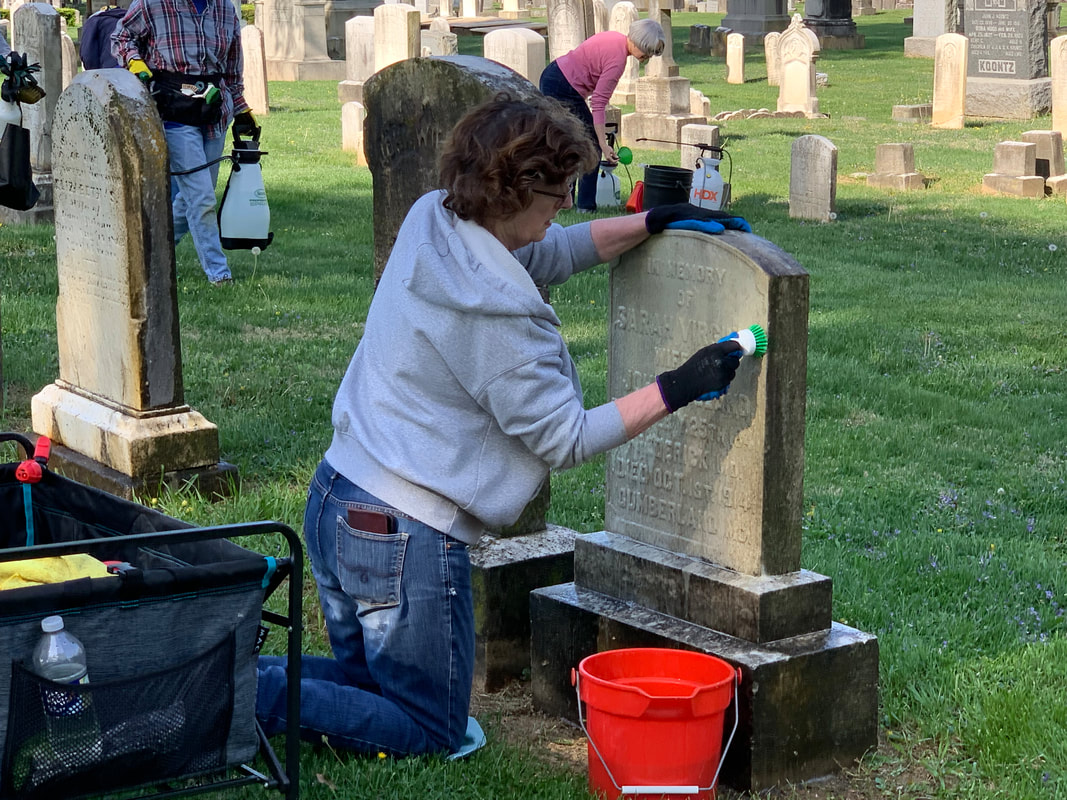










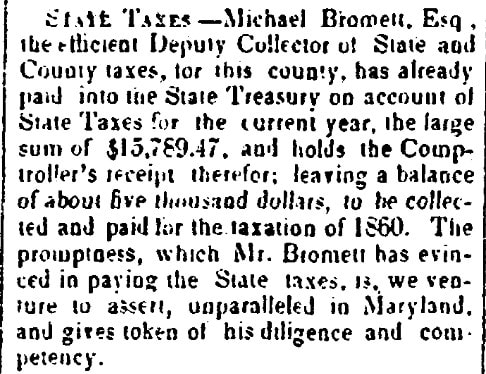





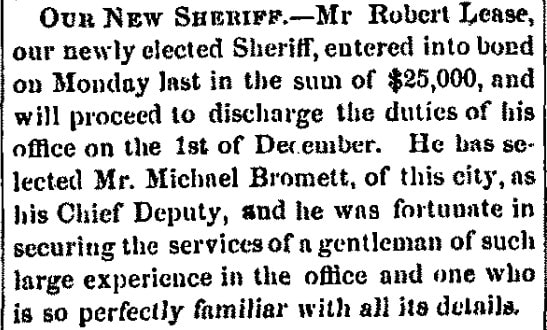
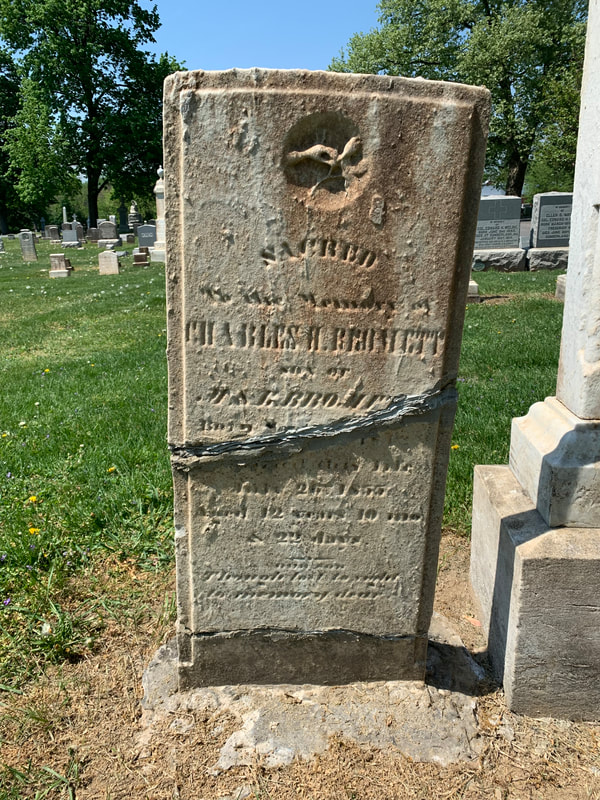
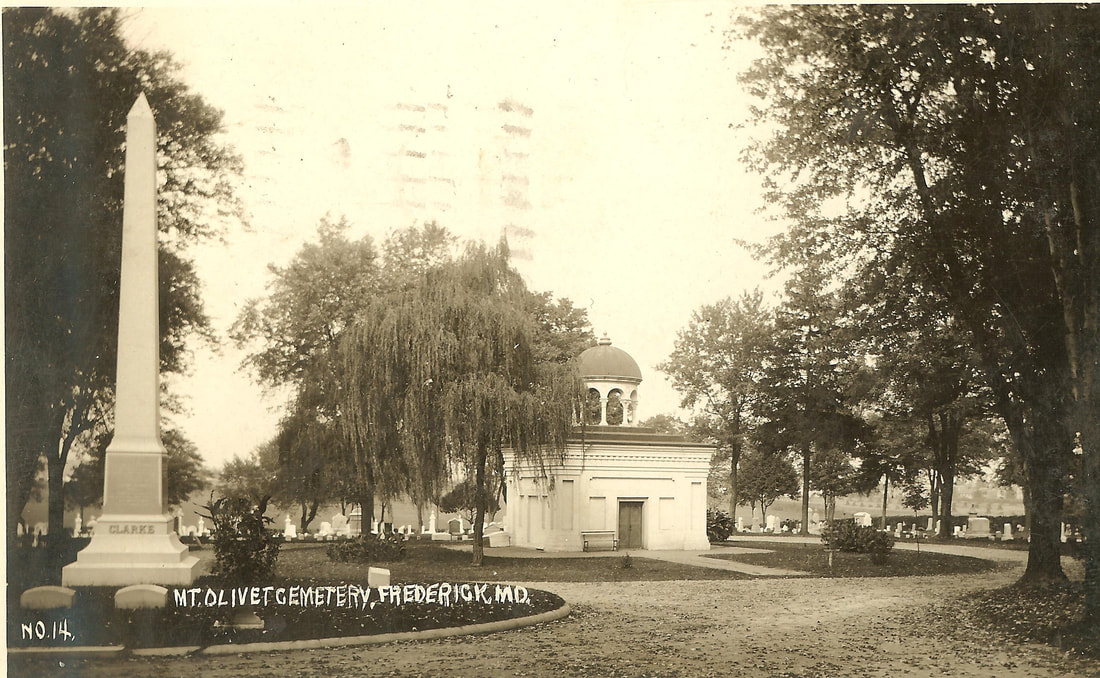








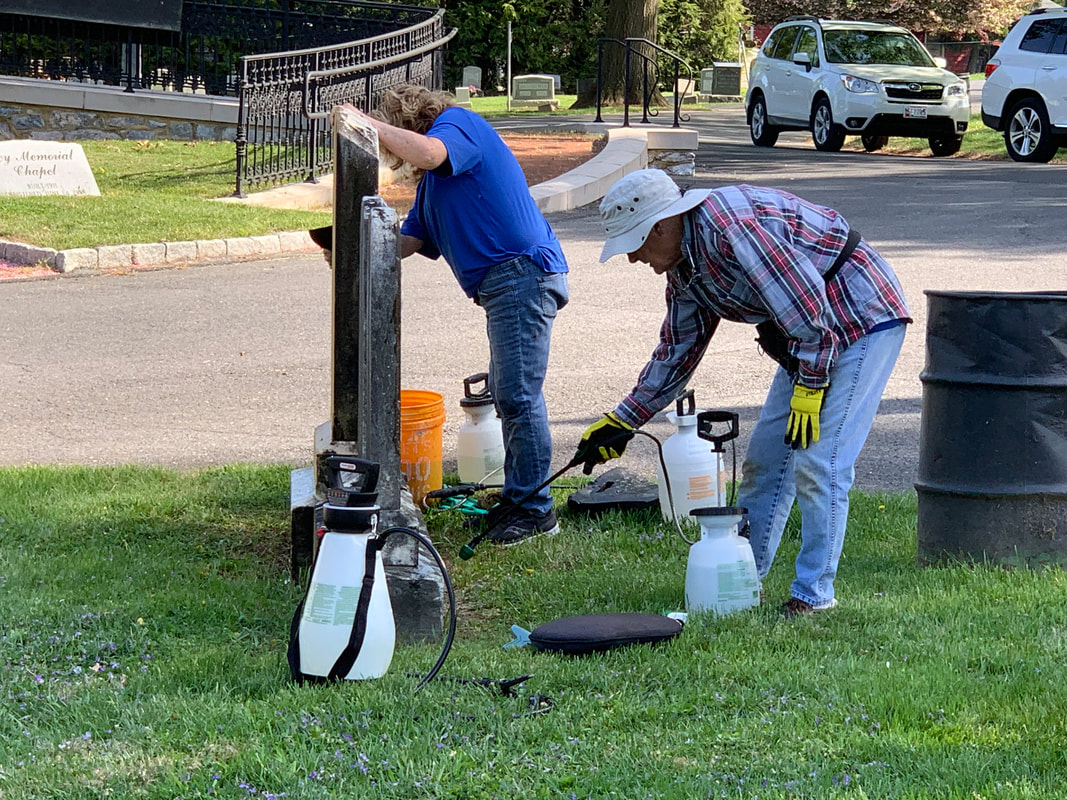


 RSS Feed
RSS Feed